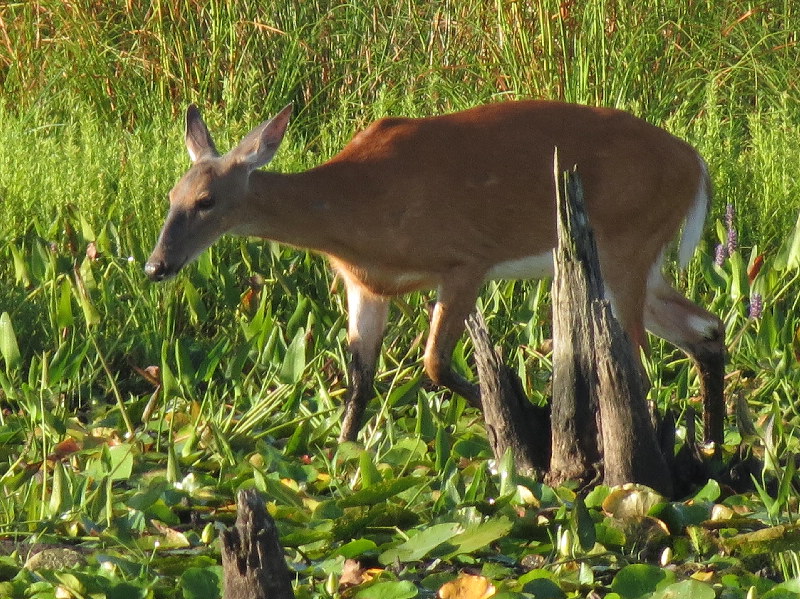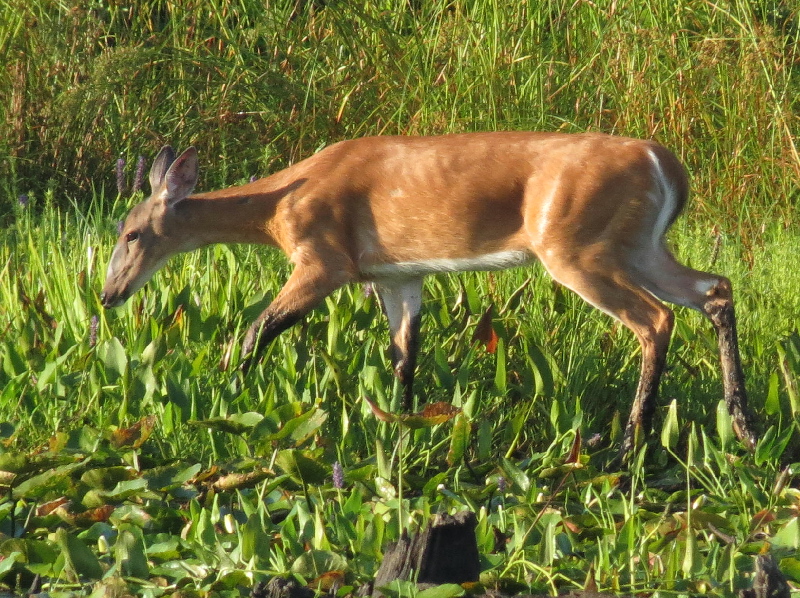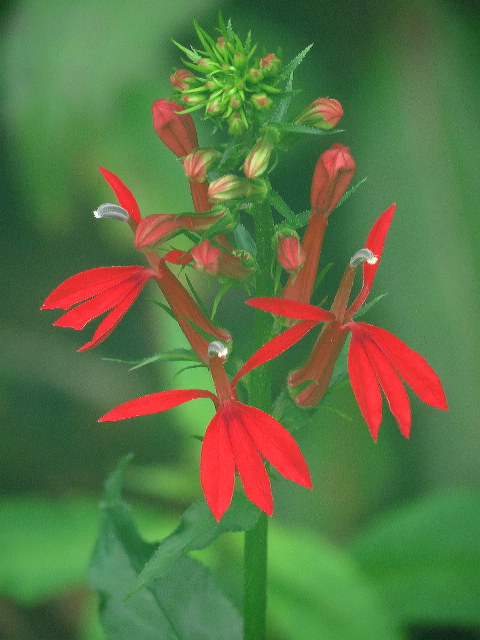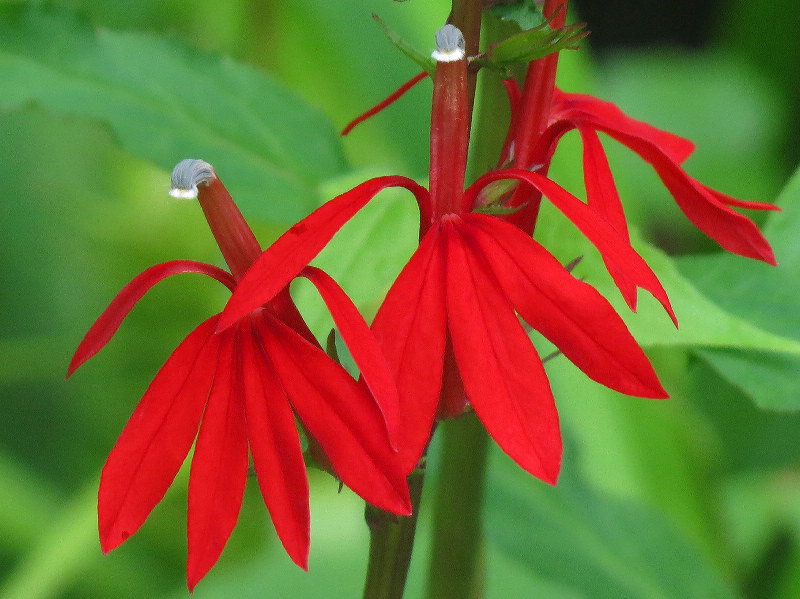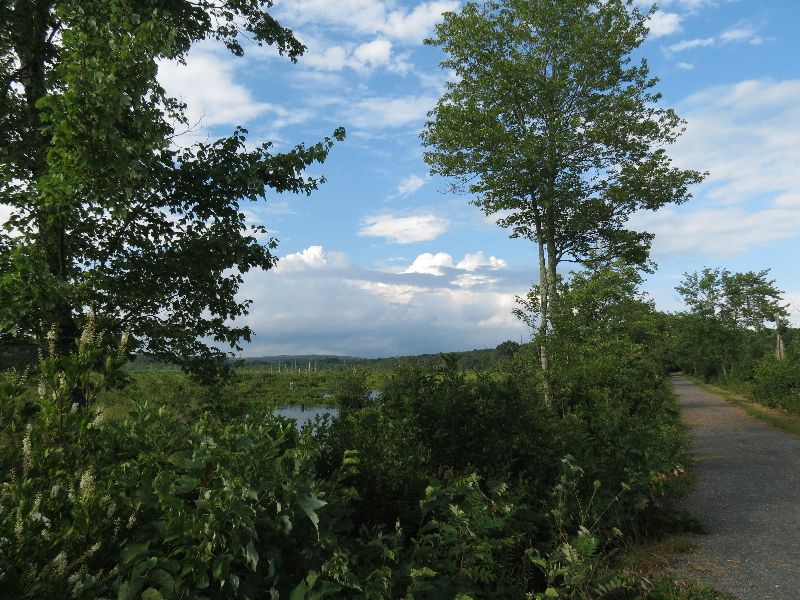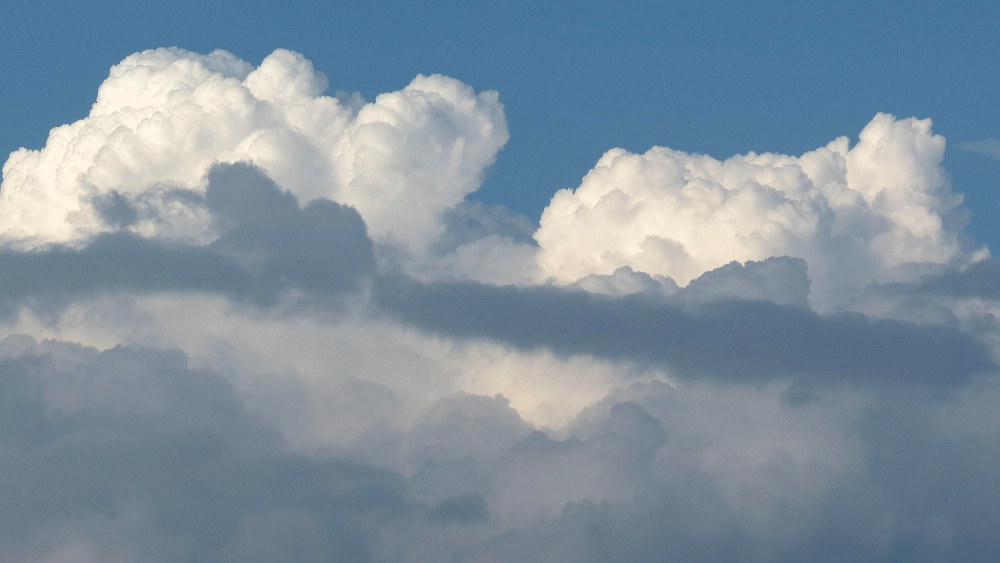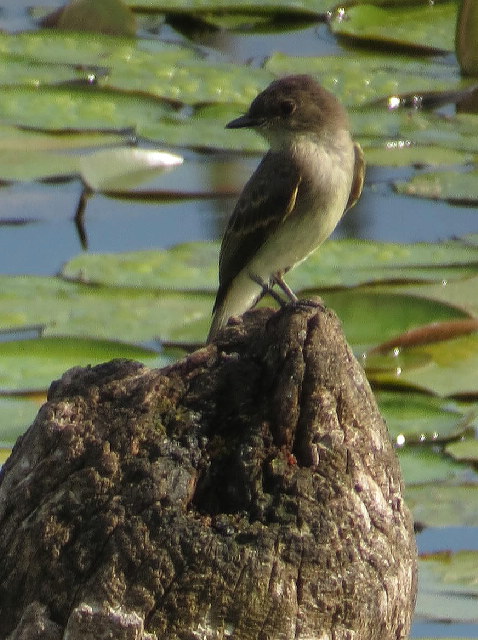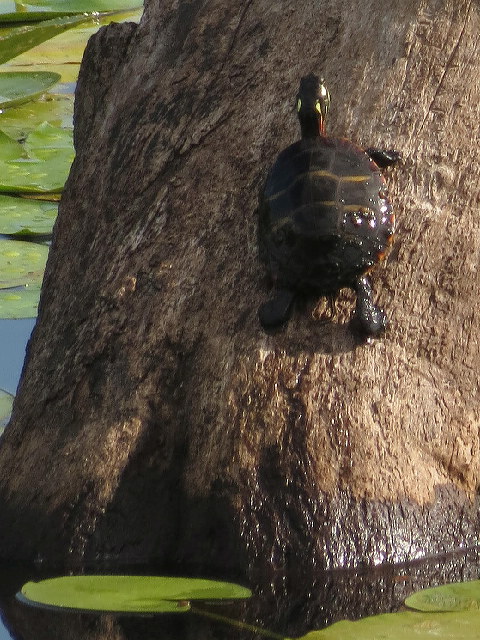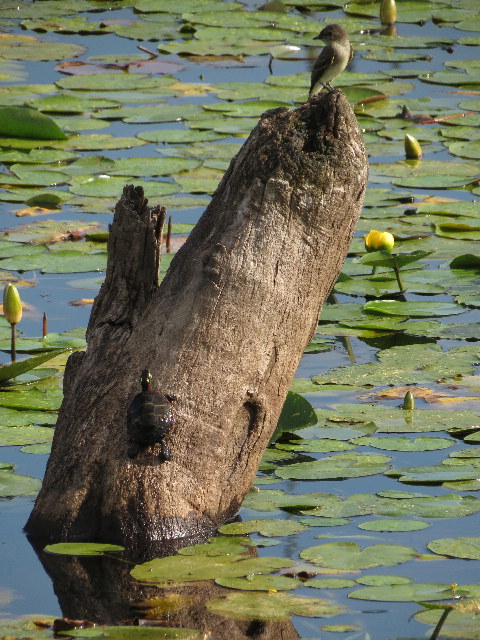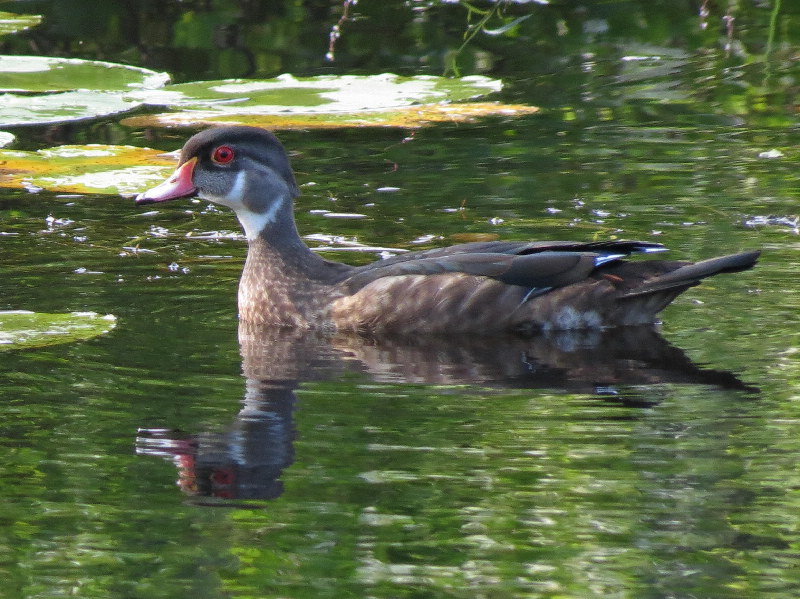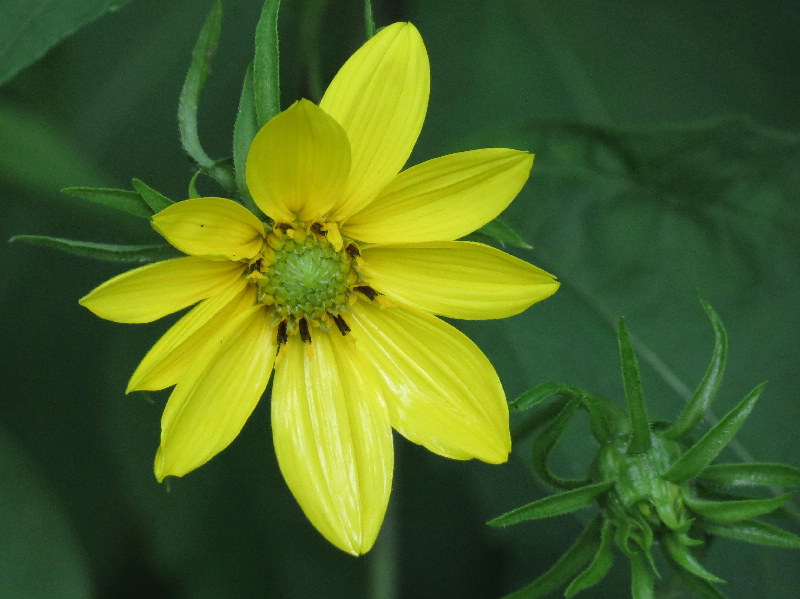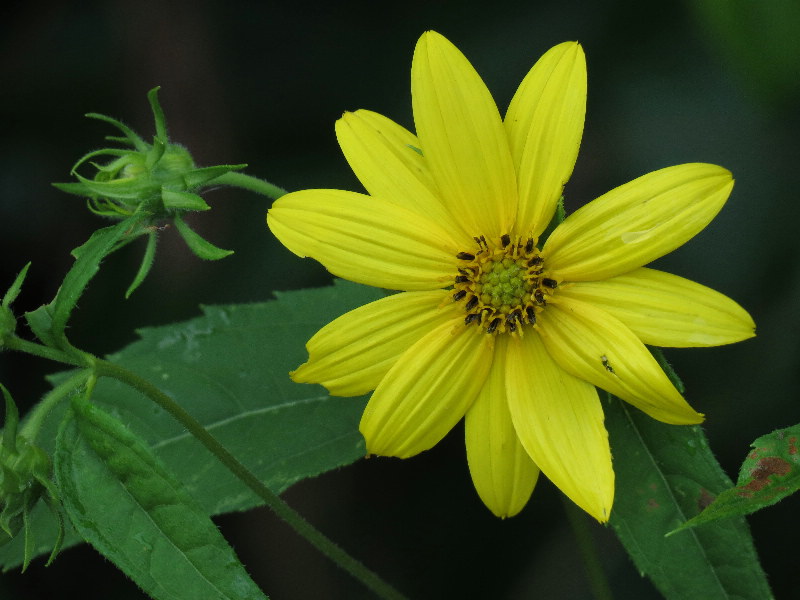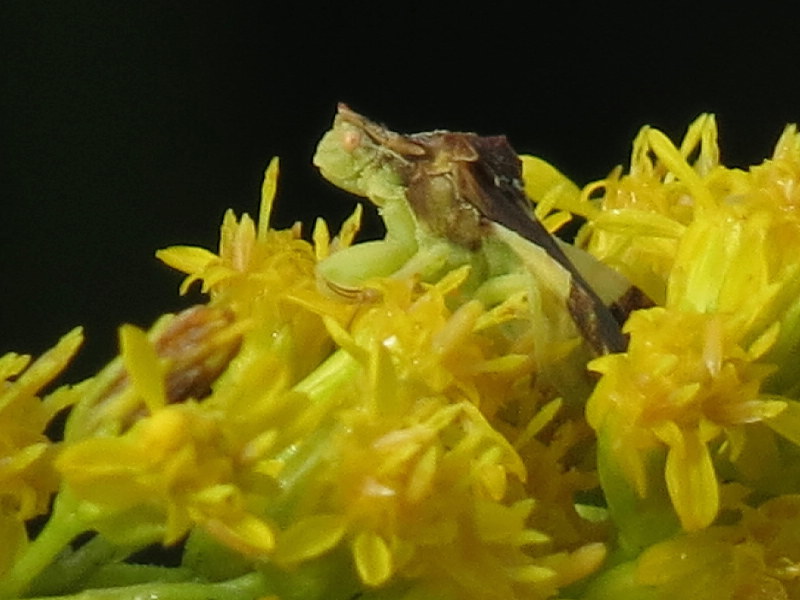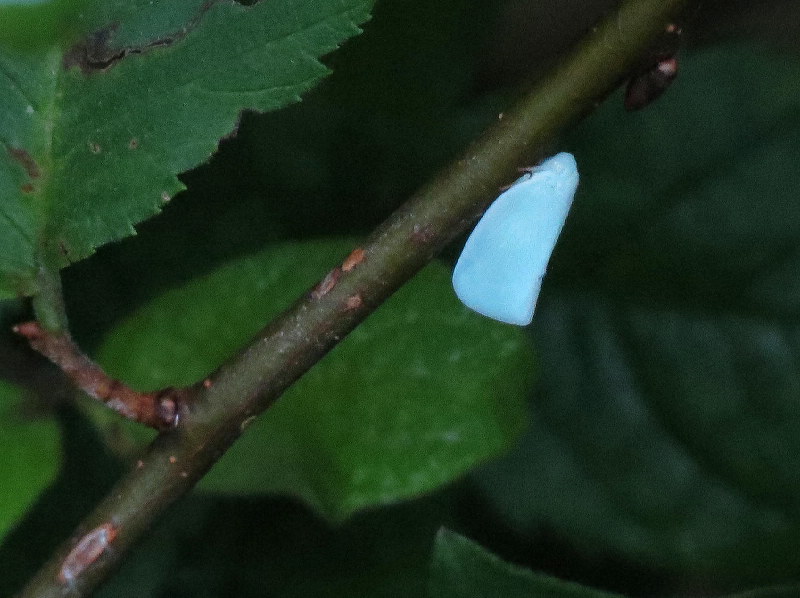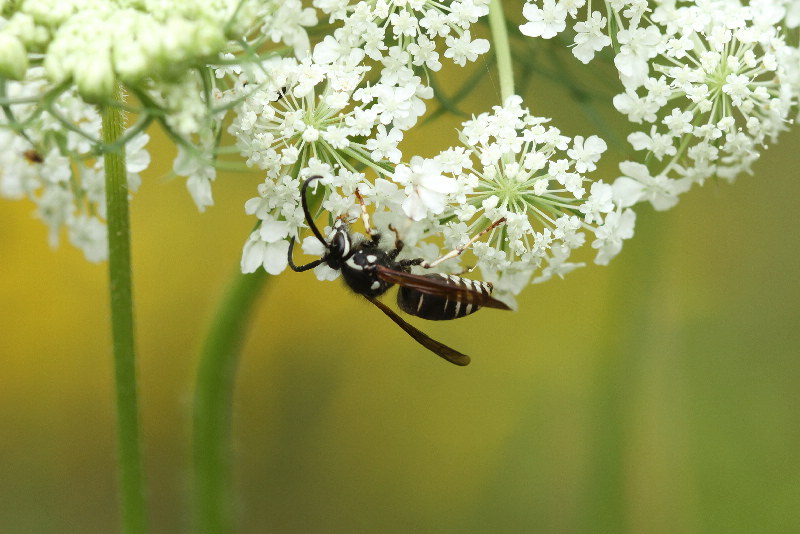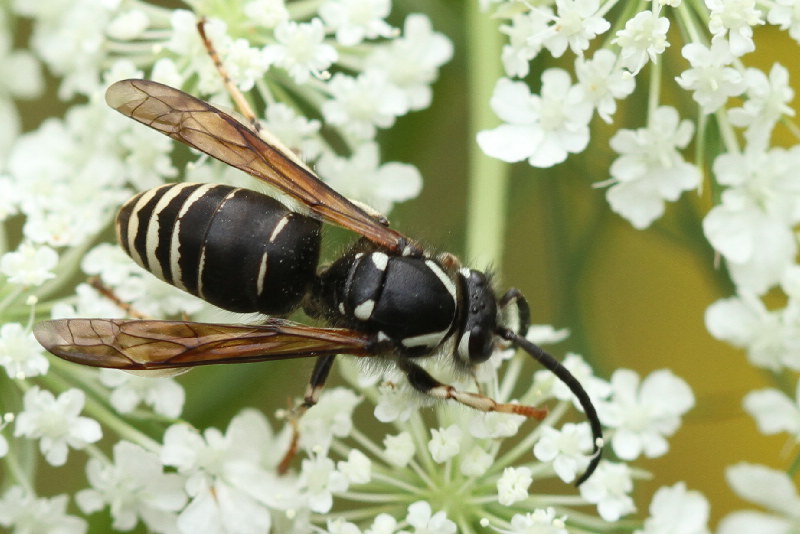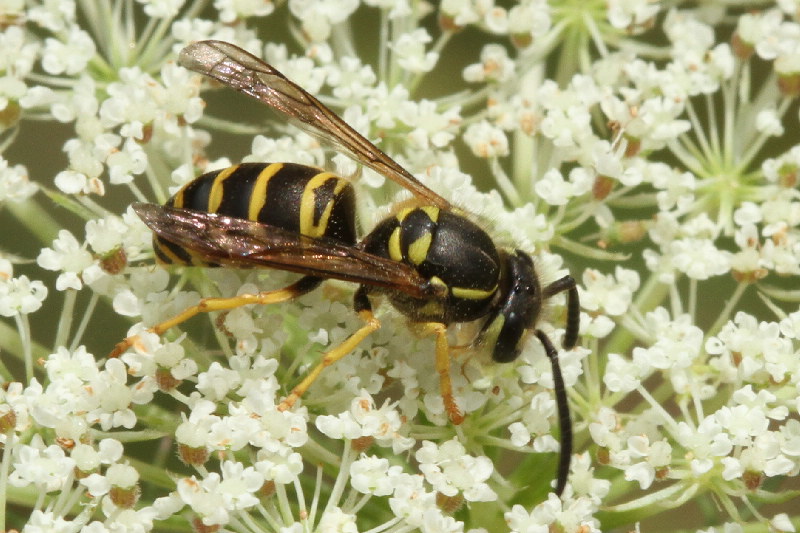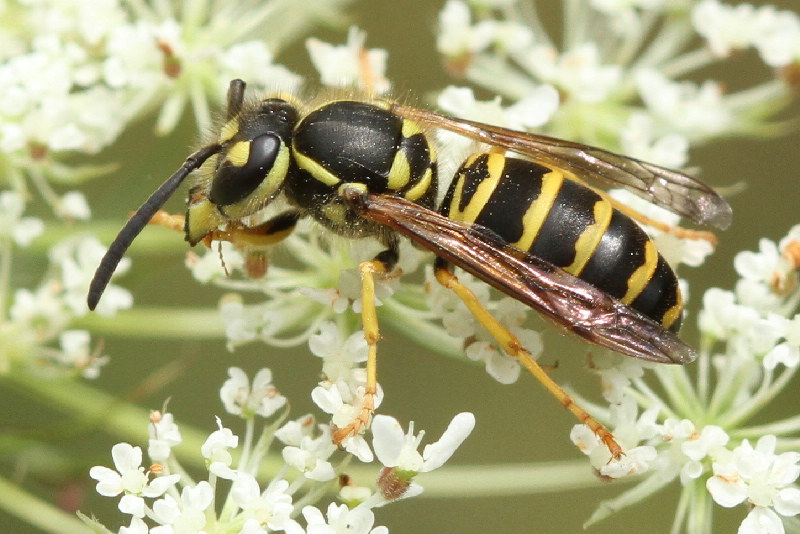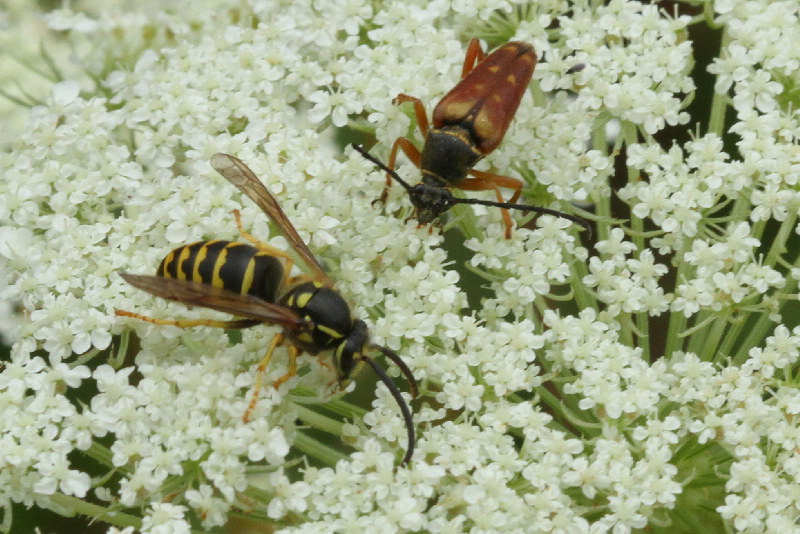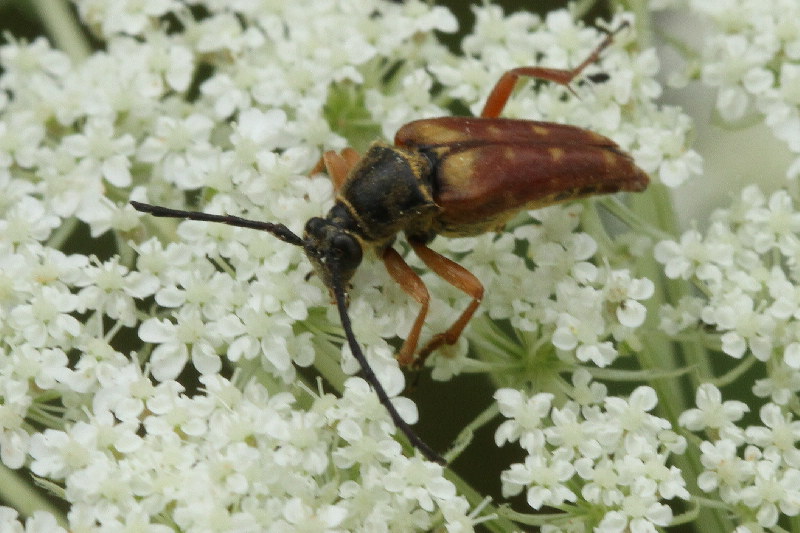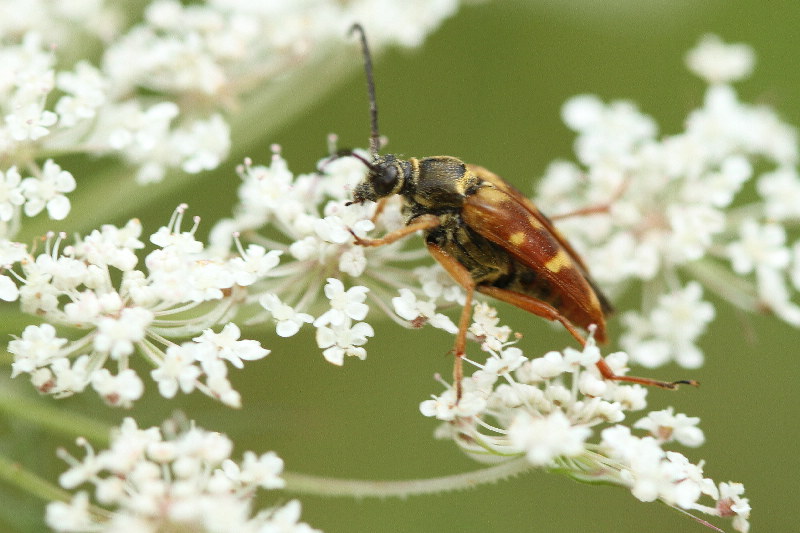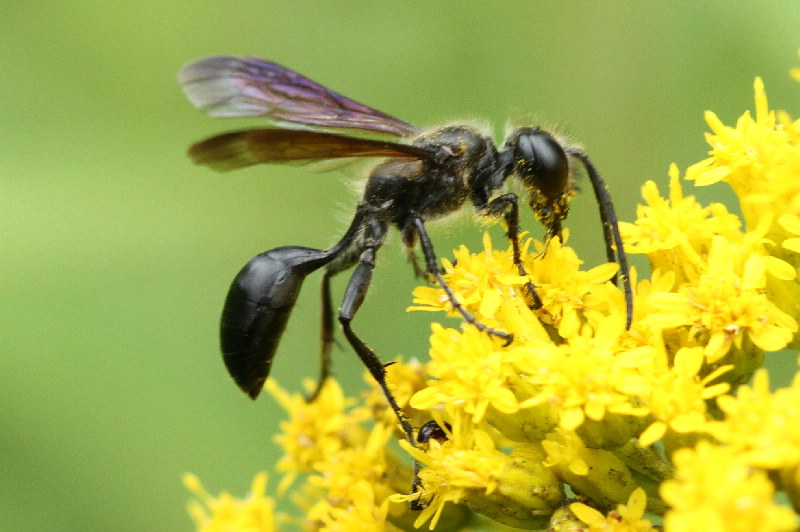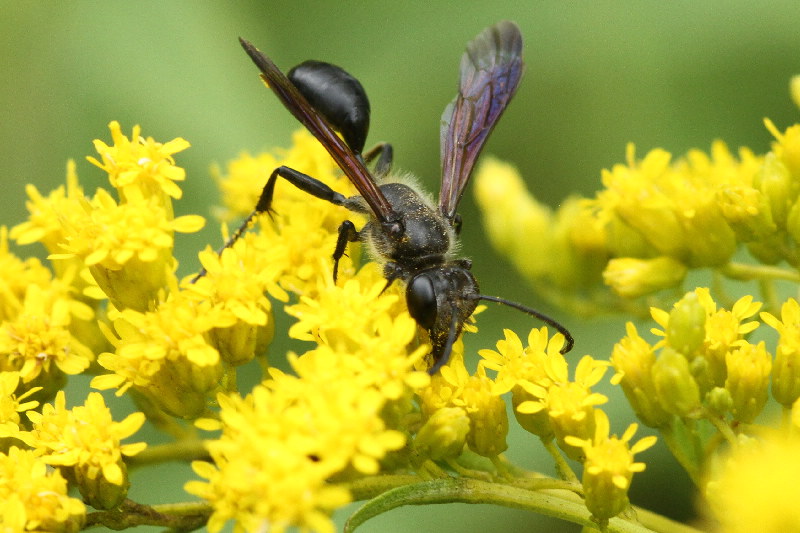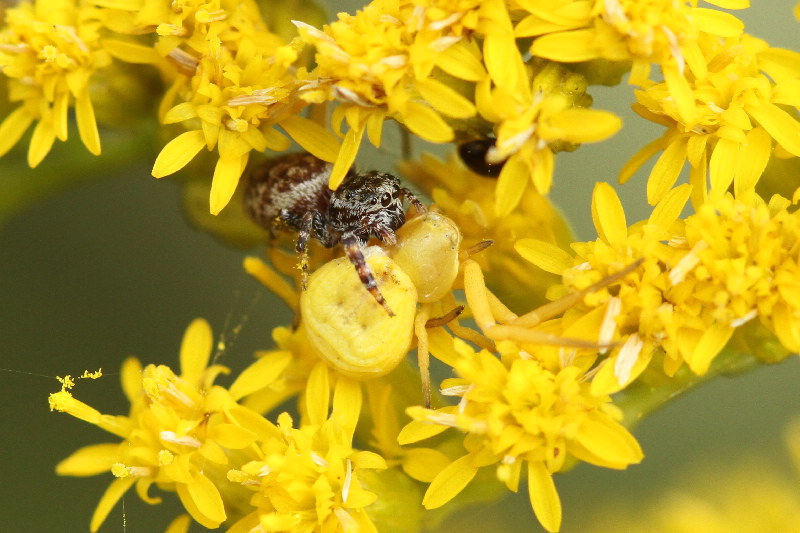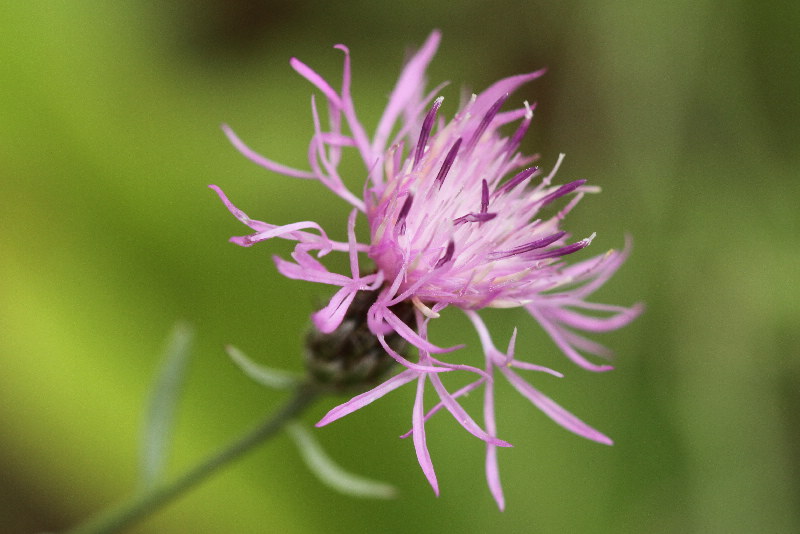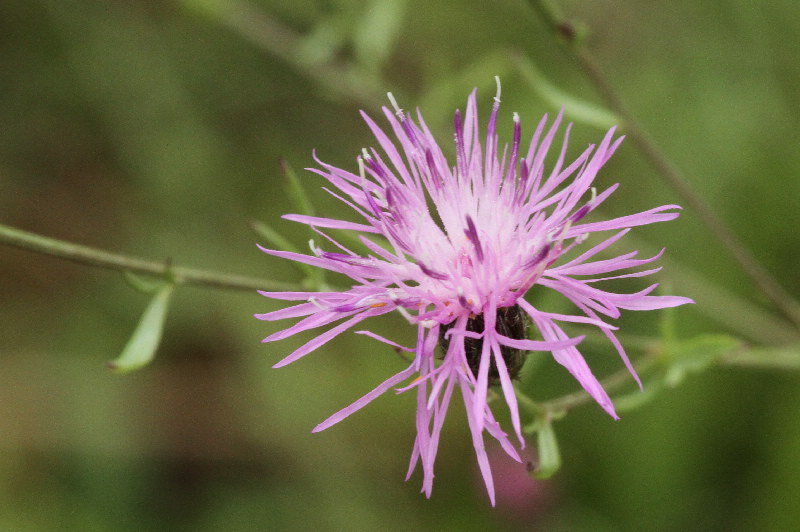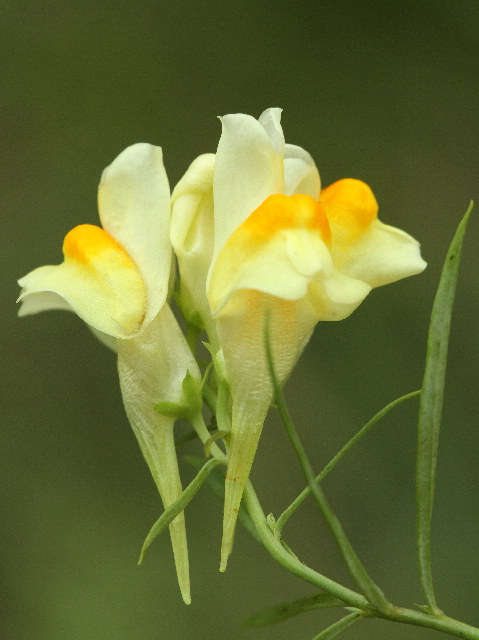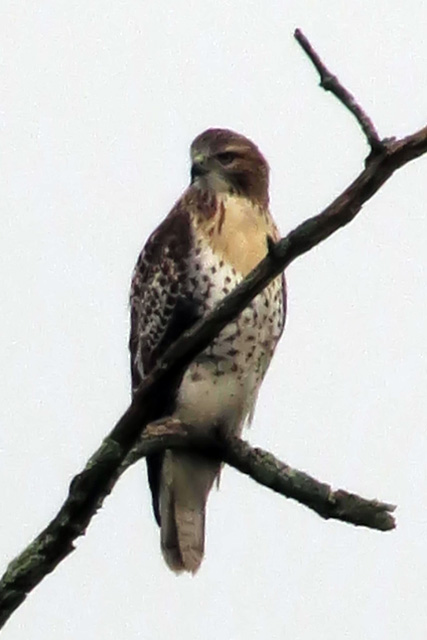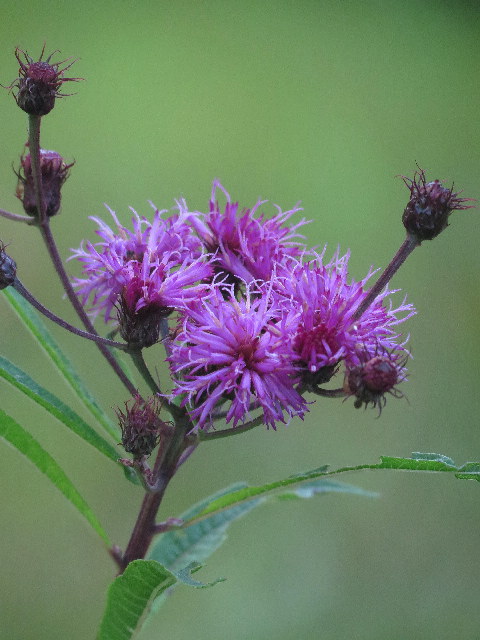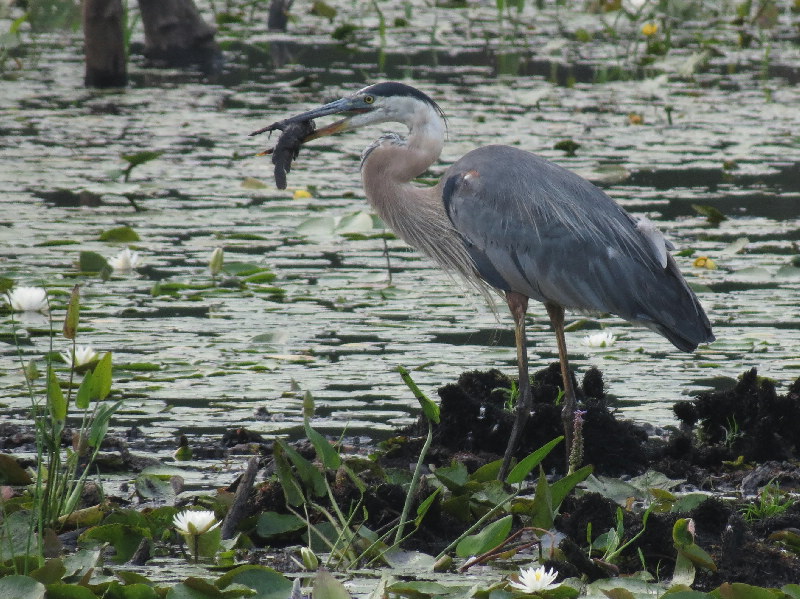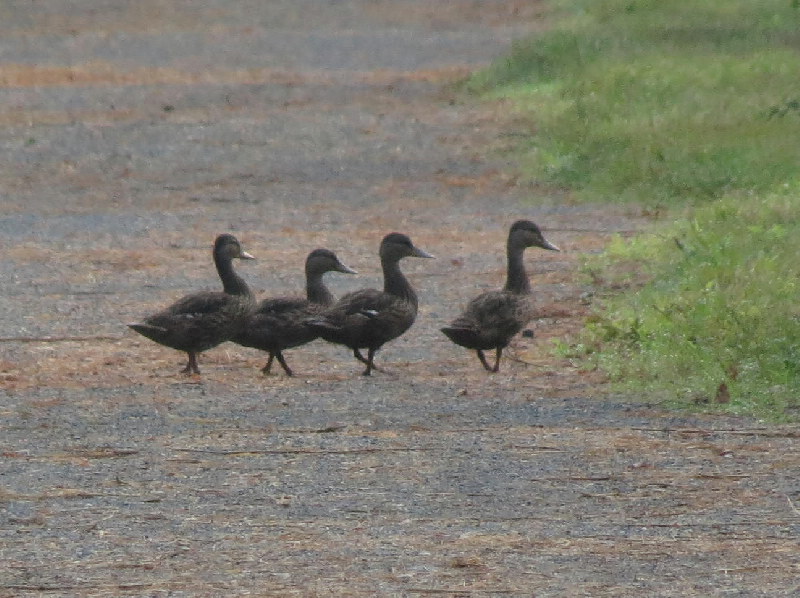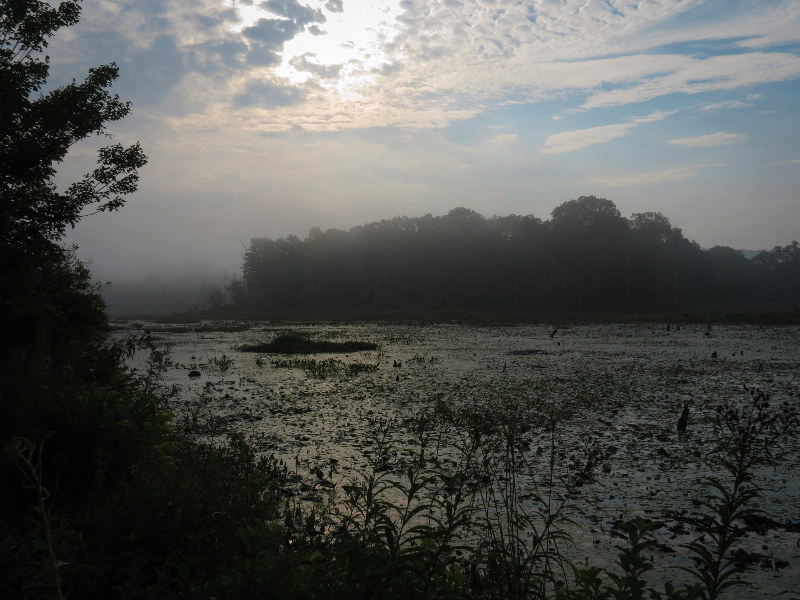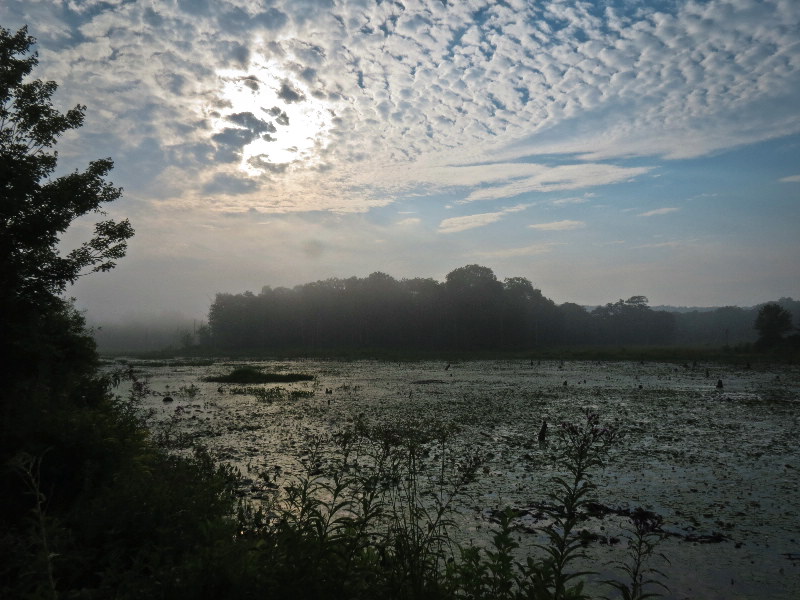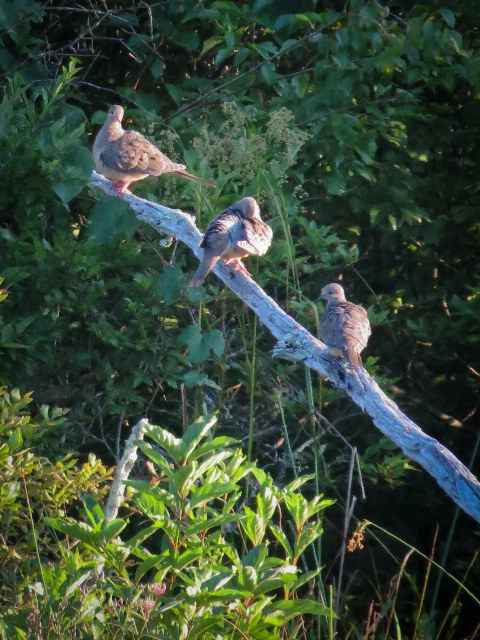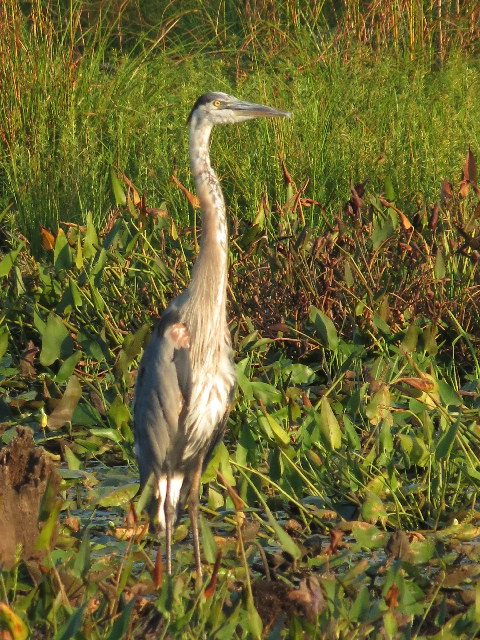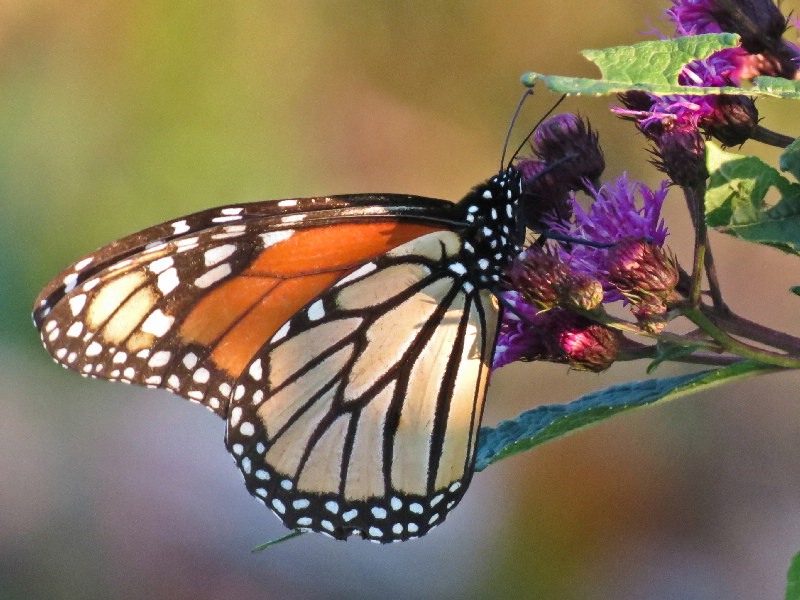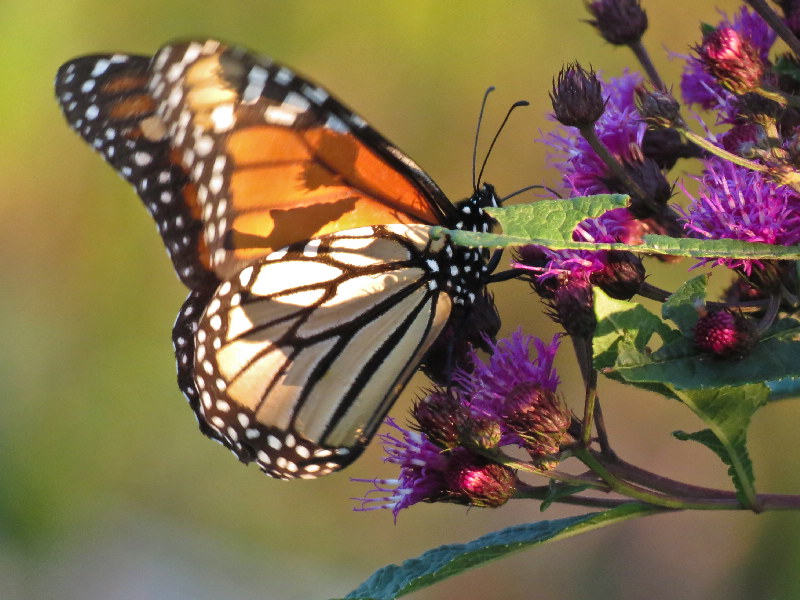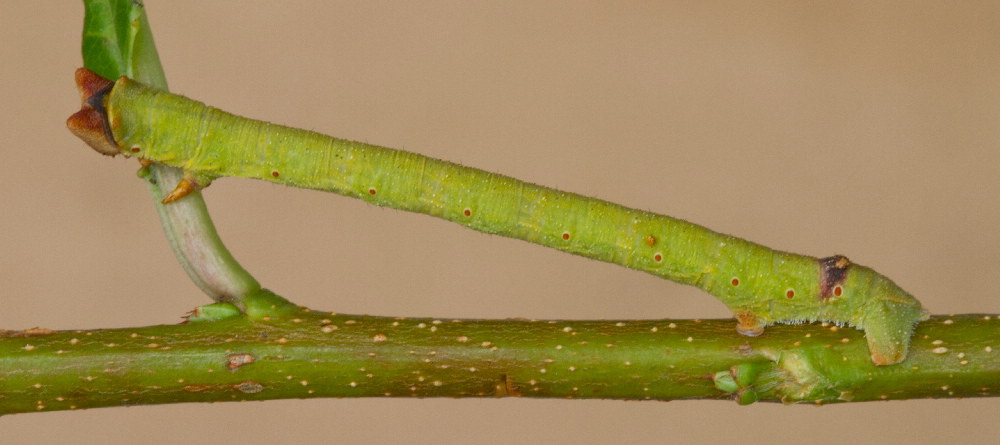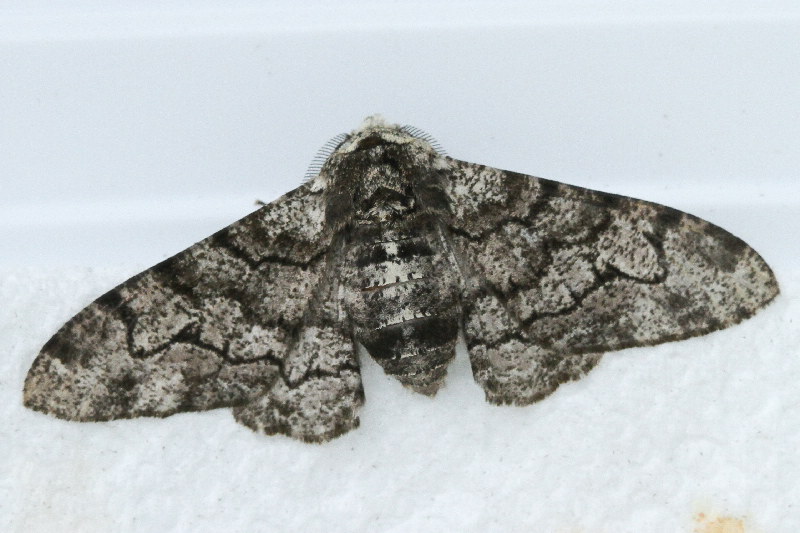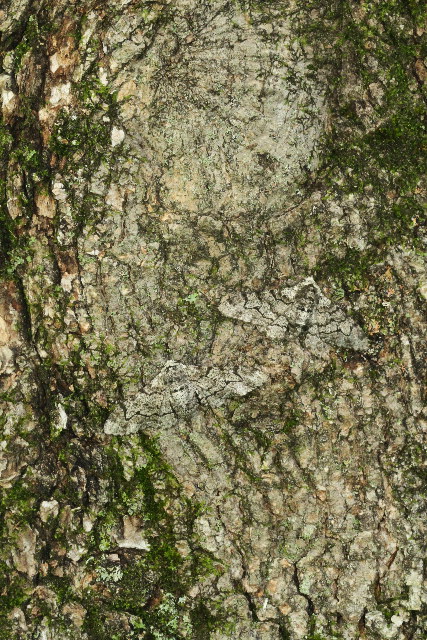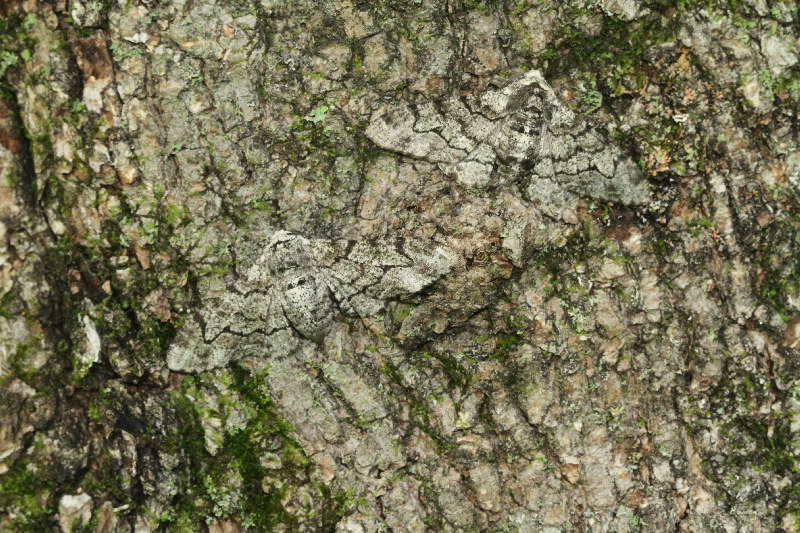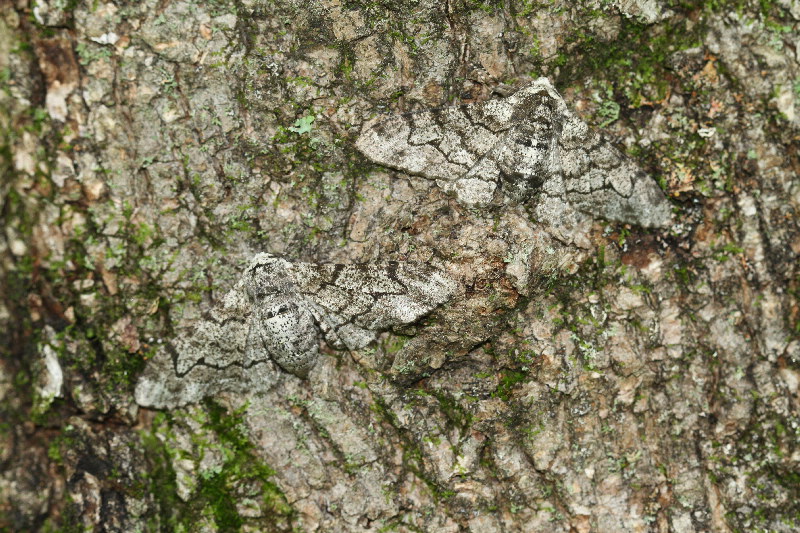Along the Air Line... 2012 - Summer, Part 4 The Air Line Trail in Eastern Connecticut - Stan Malcolm Photos |
mHome Page Stan's FlickR Albums |
July 22nd. One of several male "teenage" Wood Ducks (Aix sponsa). This one paddles swiftly away while another flew. Guess they're at the transitional stage between water and air. |
A muddy-legged White-tailed Deer (Odocoileus virginianus) doe far across the marsh. |
|
July 26th. Cardinal Flower (Lobelia cardinalis) has staged a partial recovery at the far end of the marsh. |
|
July 27th. Hot and humid, but pretty afternoon clouds. The marsh and trail borders have filled in so much that it's difficult to get an open view. |
|
I'm pretty sure this is an Eastern Phoebe (Sayhornis phoebe); possibly a young one. |
And a Painted Turtle (Chrysemys picta)... |
...sharing the same emergent stump. |
Another young male Wood Duck (Aix sponsa). |
I've always called this Woodland Sunflower (Helianthis diviricatus) but I'm beginning to think it's a Thin-leaved Sunflower (Helianthus decapetalus). Note the ten ray flowers reflected in the specific epithet, decapetalus. |
The leaves are relatively thin too. |
An Ambush Bug (Family Phymatidae) waits for a passing bee, butterfly, or other insect. |
A Flatid Planthopper, possibly the Blue Hopper (Anormenis chloris). |
July 29th. An afternoon walk near the Blackledge River Bridge. A White-faced Hornet (Vespa crabro) on Queen Anne's Lace (Daucus carota). |
|
And a Yellow Jacket (Vespula maculofrons). |
|
Behind the Yellow Jacket is a flower-feeding Longhorn Beetle (Family Cerambycidae; subfamily Lepturinae). |
These are often wasp mimics... |
...but completely harmless. |
Another wasp on Goldenrod (Solidago sp.). Note the pollen adhering to its face. |
|
A Jumping Spider (Family Salticidae) has captured a crptic Crab Spider (Family Thomisidae). |
Spotted Knapweed (Centaurea maculosa). |
|
Butter-and-eggs or Toadflax (Linaria vulgaris). |
August 1st. A low-light morning, but a nifty hawk far across the marsh. Guessing an immature Red-Shouldered Hawk (Buteo lineatus). |
August 2nd. New York Ironweed (Vernonia noveboracensis). |
Great Blue Heron (Ardea herodius) with a fish. |
Down the hatch. |
Young ducks on parade. (Black Ducks or Mallards; I'm not sure.) |
August 3rd. Heat haze over the marsh at 7:30 A.M. |
|
August 4th. A Mourning Dove (Zenaida macroura) family. |
A Great Blue Heron (Ardea herodius) catching the warm late day sunshine. |
A female Monarch (Danaus plexippus) on New York Ironweed. |
|
August 12th. On July 11th, I photographed a couple of twig-mimic looper caterpillars of Biston betularia. These came in unnoticed on cherry branches harvested from the trail to feed cecropia moth caterpillars. |
The caterpillars pupated and emerged as moths yesterday. |
Biston betularia is a very special moth, the Peppered Moth. http://en.wikipedia.org/wiki/Peppered_moth Textbooks have long cited it as a simple example of natural selection in action. Cryptic against bark where it rests during the day, it comes in light and dark forms. Dark forms tend to predominate in areas where industrial pollution (for example) has darkened tree bark. The thought is that light forms on dark bark are more easily spotted by birds and eaten. Ditto for dark forms on light bark. I coaxed the moths onto a convenient tree trunk and photographed them. The study of melanism in peppered moths is far more complicated, and far more interesting, that what I've outlined. For the whole story, from the 19th century to the present, and illustrating the process by which scientific understanding is tested, retested, and evolves, you ought to read Grant, 1999. |
|
Note: in this pic they stand out a little more due to using the camera's flash. Note too that if left to their own devices, the moths would be more likely to rest in sheltered, shadowed spots on the tree, not so exposed as in my photos. |

